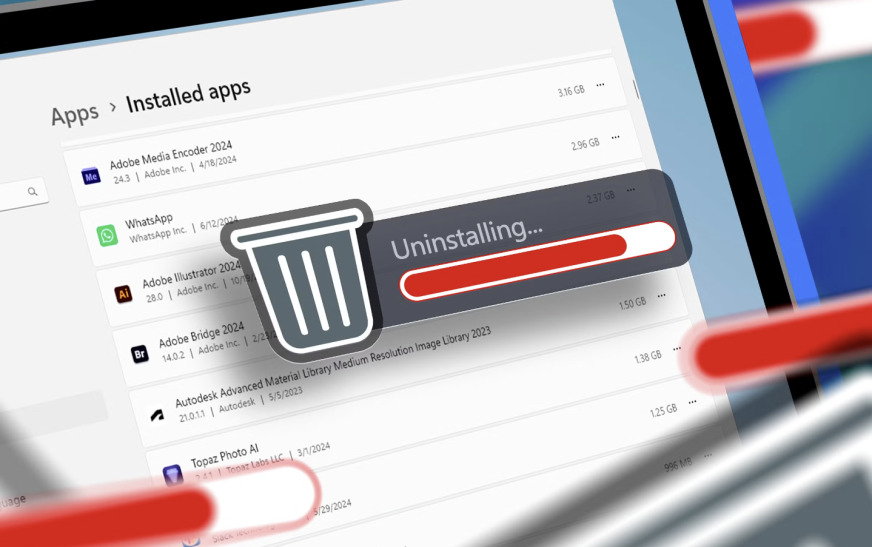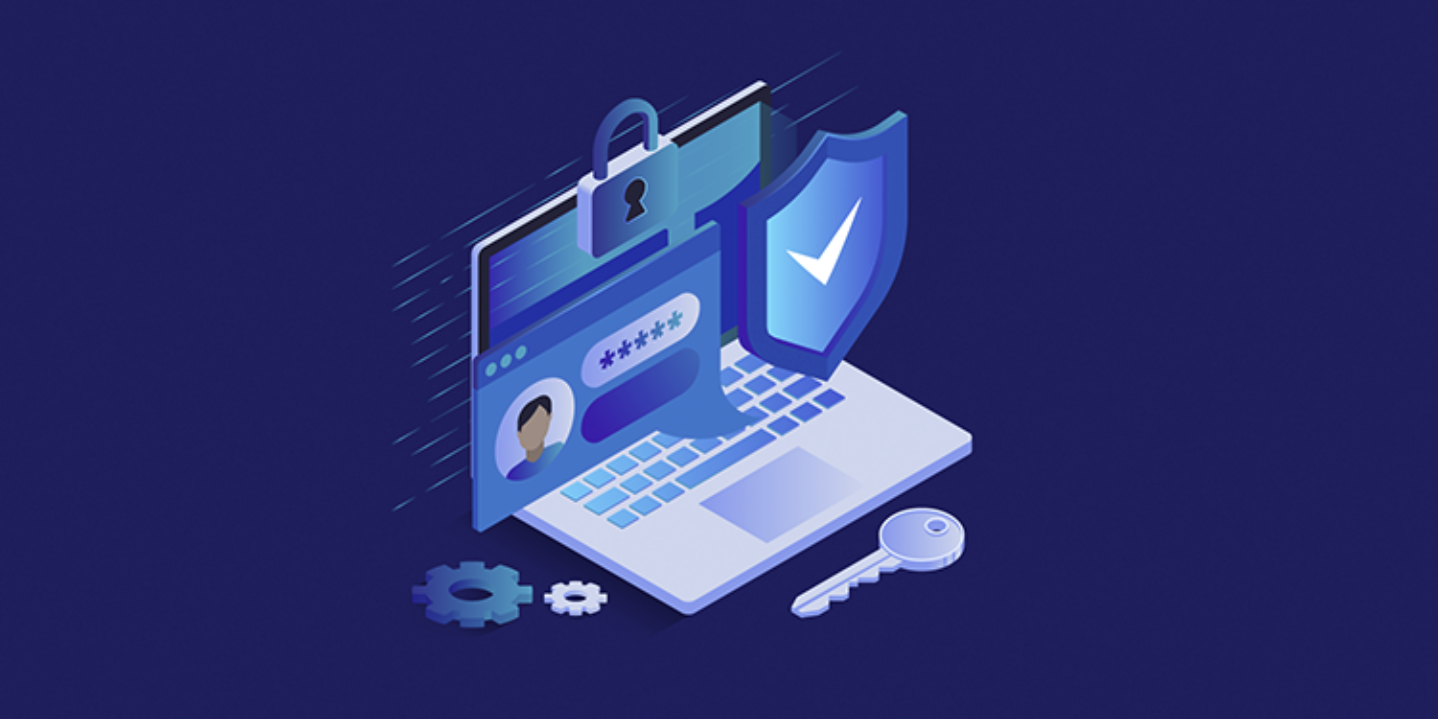
Adware: What It Is and How to Stay Safe
Adware, short for advertisement-supported software, is designed to display ads or distribute other software to generate revenue. In many cases, these ads appear within the software itself. Sometimes, adware encourages users to install additional programs provided by third-party sponsors.
Adware is found on both computers and mobile devices. While most adware is harmless and legitimate, some versions may have hidden motives that you aren’t aware of.
You might choose to download adware for several reasons, such as getting free software or mobile apps, receiving personalized ads, or trying bundled software.
Adware creators and distributors make money through different models:
- Pay-per-click (PPC): They earn money each time you click on an ad.
- Pay-per-view (PPV): They get paid every time an ad is shown.
- Pay-per-install (PPI): They receive money when you install bundled software.
The third parties who sponsor the ads benefit by gaining more users, promoting their products, and collecting data to create more targeted ads. This setup makes adware profitable for everyone involved.
Although adware itself isn’t usually malicious, it can still be a gateway for harmful activities, such as malware infections or tracking your online behavior.
Not all adware is bad. “Good” adware simply displays ads within the software you downloaded without causing harm to your system or invading your privacy. On the other hand, “bad” adware can be much more dangerous. It can display pop-up ads on your desktop, change system settings, or even collect and sell your personal information.
While most adware is merely annoying, some types go further, slowing down your computer, changing your browser settings, or bombarding you with intrusive ads. Although these aren’t usually threats, they can significantly affect your experience.
Adware vs. Malware vs. Spyware
Adware is often confused with malware or spyware, but it isn’t necessarily dangerous. Some adware is perfectly safe, while other types can pose a risk to your devices.
- Malware is malicious software designed to damage or steal data from your computer. It includes viruses, spyware, ransomware, and other harmful software.
- Spyware is a type of malware that secretly monitors your device and collects information without your permission.
While adware isn’t inherently malware, it can sometimes facilitate the installation of malicious software, including spyware. Some adware is harmless, while others can be invasive and unwanted.
Adware and Spyware
Some adware is closely related to spyware. Spyware tracks your online activities and sometimes steals personal information. When adware behaves this way—monitoring your actions and selling your data—it is considered spyware.
Not all adware behaves this way, though. Some simply track your web activity to serve more relevant ads but don’t share your information with third parties. However, it can be difficult to know exactly what adware is doing with your data, and some programs may be disguised spyware.
Good Adware vs. Bad Adware
You can usually tell the difference between “good” and “bad” adware by how it interacts with your system. Here’s how they compare:
| Good Adware | Bad Adware |
|---|---|
| Only installs with your consent. | Installs secretly without your approval. |
| Can be easily uninstalled. | Difficult or impossible to uninstall. |
| Displays ads only in the program it’s bundled with. | Installs in other programs or alters browser settings. |
| Doesn’t track or collect your personal information. | Monitors your activities and sells your data. |
How to Protect Yourself from Adware and Malware
Preventing adware from infecting your system is the best way to avoid issues. Here are some tips to help you stay safe:
- Keep Software Updated: Regular updates often include security patches that protect against vulnerabilities.
- Be Cautious: Treat anything unfamiliar as a potential risk. Cybercriminals use tactics like fake USB charging stations or phishing emails to spread adware and malware.
- Pay Attention to Details: Always examine links or email attachments before opening them. Hackers often use fake URLs or profiles to trick you into clicking harmful links.
- Avoid Piracy: Downloading pirated software or media exposes you to adware, malware, and other risks. Many free software downloads include adware or hidden malware.
- Read Terms and Agreements: Always read the terms and checkboxes before clicking “next” during software installations to avoid unwanted adware.
- Download from Trusted Sources: Stick to reputable websites or official app stores to reduce the risk of downloading harmful software.
- Check Reviews: Before downloading software, look up reviews to ensure it’s safe.
- Be Careful with Ads: Some ads use tricks like fake close buttons to get you to click infected links. Be cautious and avoid clicking on suspicious ads.
If you’re using antivirus software like Kaspersky Total Security, you’re already taking an important step in protecting your system. Cybersecurity tools can block dangerous apps, scan links, and prevent harmful pop-ups. However, your online behavior is just as important in defending against adware.













